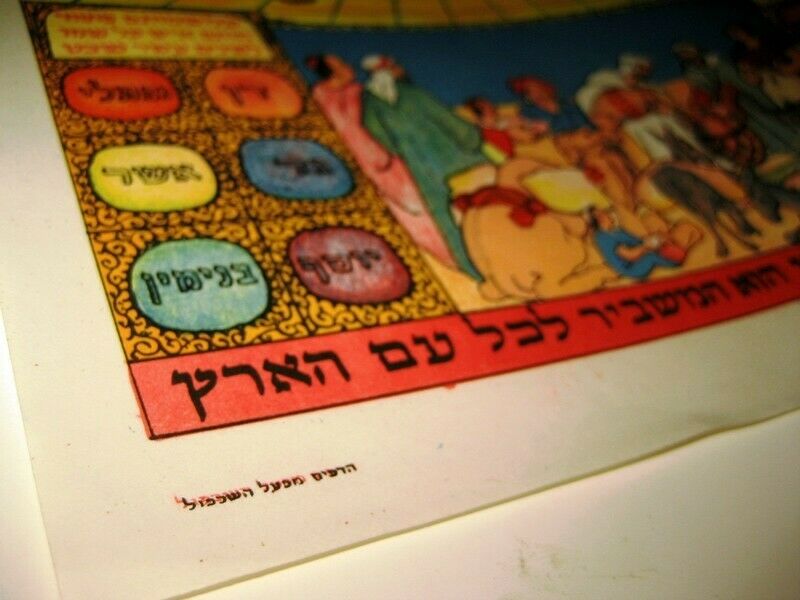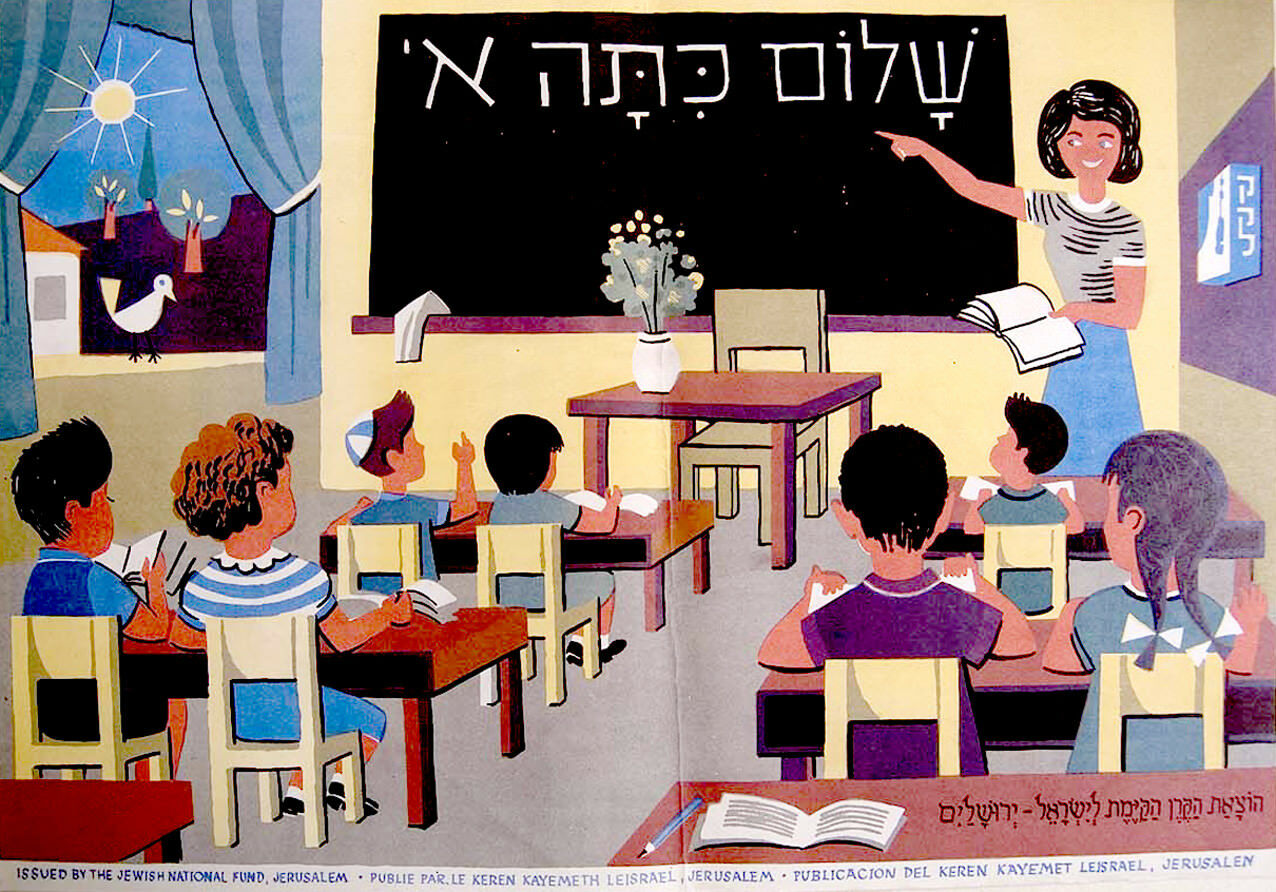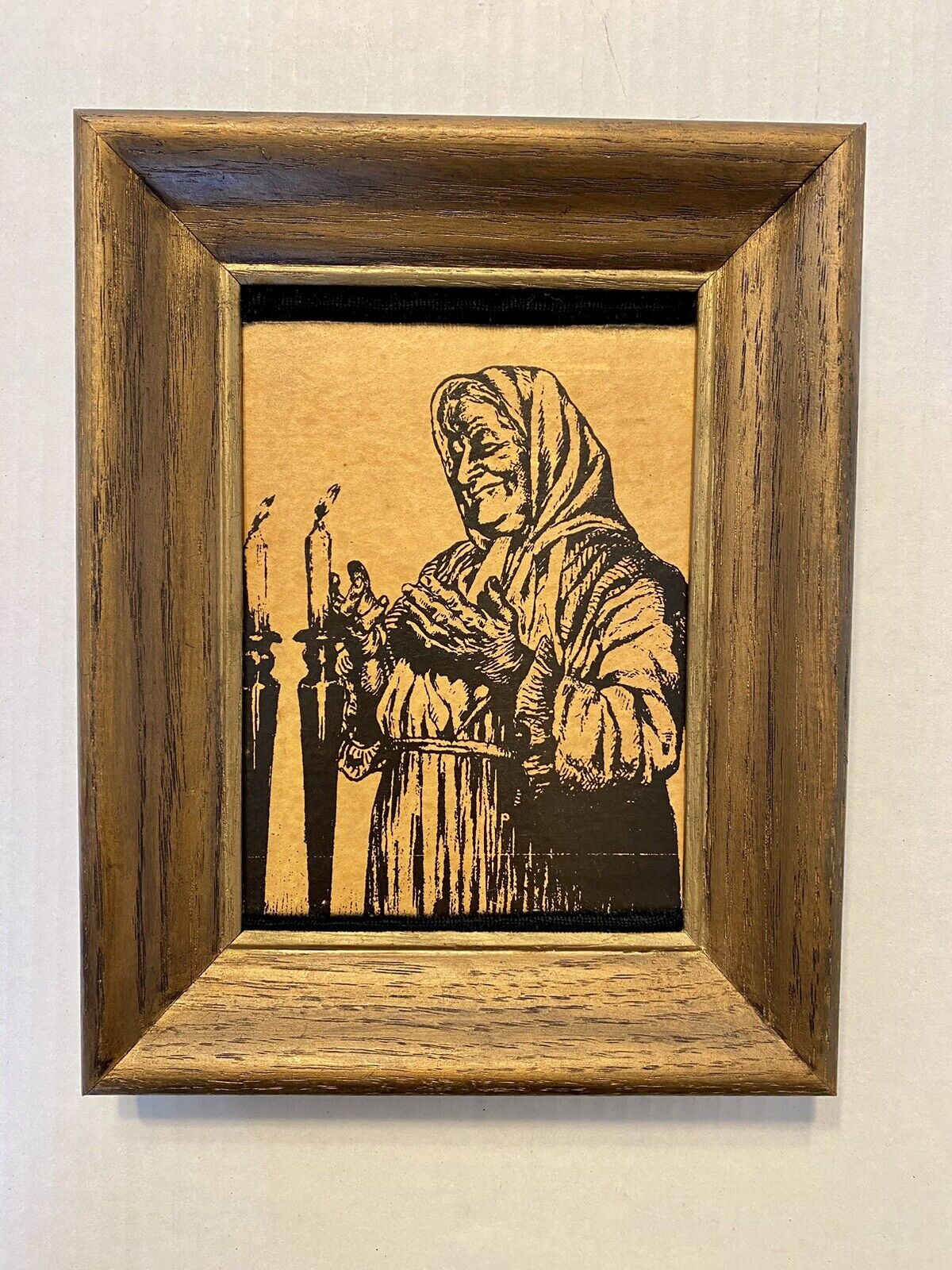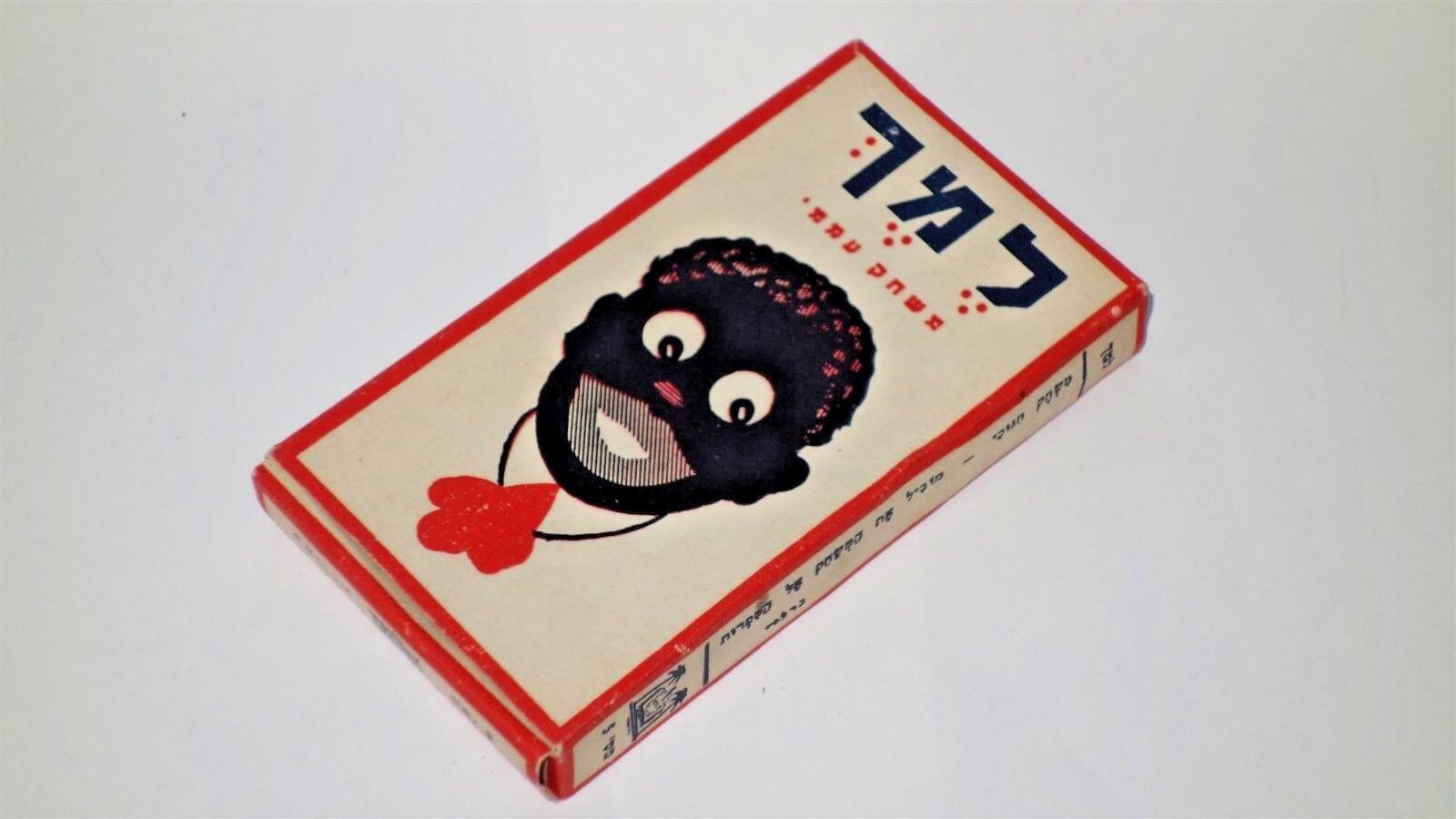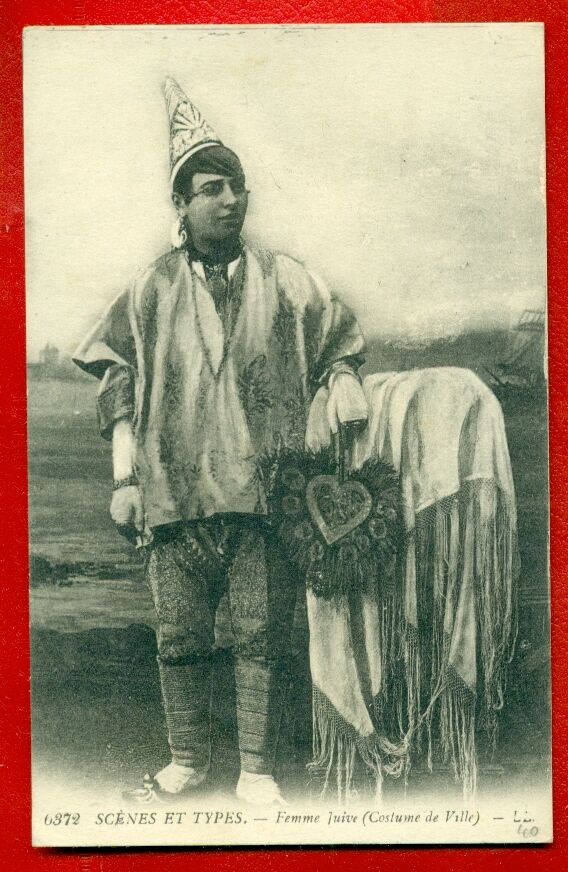-40%
Vintage lithography and offset 3 diff. prints Printed in Israel Jerusalem 1950's
$ 39.6
- Description
- Size Guide
Description
Vintage lithography and offset 3 diff. prints Printed in Israel Jerusalem 1950's1. Vintage lithography Rabbi Moshe ben Maimon Rambam Printed in Israel Jerusalem.
This lithography is in practically untouched condition as when it was printed it lacked the top writing
"בַּסֻּכֹּת תֵּשְׁבוּ שִׁבְעַת יָמִים כָּל הָאֶזְרָח בְּיִשְׂרָאֵל יֵשְׁבוּ בַּסֻּכֹּת
" and the bottom
" שנה טובה ומאשרת"
therefore it wasn't issued into the market.
Close to its original condition, as it was printed in Jerusalem in the 1950s.
35 cm x 25 cm | 13.7" x 9.8"
"Moses ben Maimon, commonly known as Maimonides (/maɪˈmɒnɪdiːz/ my-MON-i-deez) and also referred to by the acronym Rambam (Hebrew: רמב״ם),was a medieval Sephardic Jewish philosopher who became one of the most prolific and influential Torah scholars of the Middle Ages. In his time, he was also a preeminent astronomer and physician, serving as the personal physician of Saladin. Born in Córdoba, Almoravid Empire (present-day Spain) on Passover eve, 1138 (or 1135), he worked as a rabbi, physician and philosopher in Morocco and Egypt. He died in Egypt on 12 December 1204, whence his body was taken to the lower Galilee and buried in Tiberias.
During his lifetime, most Jews greeted Maimonides' writings on Jewish law and ethics with acclaim and gratitude, even as far away as Iraq and Yemen. Yet, while Maimonides rose to become the revered head of the Jewish community in Egypt, his writings also had vociferous critics, particularly in Spain. Nonetheless, he was posthumously acknowledged as among the foremost rabbinical decisors and philosophers in Jewish history, and his copious work comprises a cornerstone of Jewish scholarship. His fourteen-volume Mishneh Torah still carries significant canonical authority as a codification of Talmudic law. He is sometimes known as "ha'Nesher ha'Gadol" (the great eagle) in recognition of his outstanding status as a bona fide exponent of the Oral Torah.
Aside from being revered by Jewish historians, Maimonides also figures very prominently in the history of Islamic and Arab sciences and is mentioned extensively in studies. Influenced by Al-Farabi, Avicenna, and his contemporary Averroes, he became a prominent philosopher and polymath in both the Jewish and Islamic worlds.
His full Hebrew name is Rabbi Moshe ben Maimon (רבי משה בן מימון), whose acronym forms "Rambam" (רמב״ם). His full Arabic name is Abū ʿImrān Mūsā bin Maimūn bin ʿUbaidallāh al-Qurtabī (ابو عمران موسى بن ميمون بن عبيد الله القرطبي), or Mūsā bin Maymūn (موسى بن ميمون) for short. The portion bin ʿUbaidallāh should not imply that Maimon's father was named Obadiah, instead bin ʿUbaidallāh is treated as Maimonides' surname, as Obadiah was the name of his earliest direct ancestor. In Latin, the Hebrew ben (son of) becomes the Greek-style patronymic suffix -ides, forming "Moses Maimonides"."
2.
Vintage lithography Jacob, our father Printed in Israel Jerusalem.
This print was printed using a combination of lithographic & offset techniques.
Close to its original condition, as it was printed in Jerusalem in the 1950s.
35 cm x 25 cm | 13.7" x 9.8"
"Jacob (Ya’akov in Hebrew) is one of Judaism’s three patriarchs, and appears throughout many chapters of the Book of Genesis. He is the son of Isaac and Rebecca, the grandson of Abraham and Sarah, and the father of 12 sons, the progenitors of the 12 tribes of Israel. He is also the father of Dinah, whose rape prompts a brutal act of family vengeance.
Jacob first appears in the Torah portion Parashat Toldot (Genesis 25:19 – 28:9), when Rebecca is pregnant and feels Jacob and his twin brother, Esau, struggling with each other in utero. The twins’ struggle continues after birth, with Jacob becoming his mother’s favorite, while Esau, the firstborn, becomes Isaac’s favorite. Jacob forces Esau, a hunter, into selling him his birthright for a bowl of lentil soup. Years later, at Rebecca’s urging, Jacob pretends to be Esau and tricks Isaac into giving him Esau’s firstborn blessing — then flees to live with his uncle Laban before Esau can respond.
On his journey, Jacob has a dream in which angels go up and down a ladder connecting earth to heaven. God appears before Jacob and renews the covenant that God had made with Abraham.
At Laban’s, Jacob goes from deceiver to deceived. In another case of one sibling posing as another, Laban promises that after seven years of labor Jacob can marry Laban’s daughter Rachel. Instead, Laban hides his other daughter, Leah, under the bridal veil, thus tricking Jacob into marrying the wrong sister. Laban then makes Jacob work another seven years before letting him marry Rachel. Jacob also acquires two handmaids, sometimes referred to as concubines, who bear some of his children.
Years later, Jacob peacefully reunites with Esau after wrestling with an angel and having his name changed to Israel, a name that means “wrestle with God.”
However, the sibling conflict in Jacob’s relationship to Esau (as well at the conflict in Rachel’s relationship to Leah) is echoed in the relationships among Jacob’s own children: Jacob favors his son Joseph, making the other sons so jealous that they sell Joseph into slavery and lie to Jacob about it. Joseph’s own adventures in Egypt, in which he ultimately succeeds in becoming the Pharaoh’s prime minister and forgiving the brothers, conclude with his reunion with Jacob, who blesses Joseph’s sons, but dies soon afterward. Joseph and his brothers have Jacob buried in Hebron, at his request."
3. Vintage Print Yosef HaTzaddik Printed in Israel Jerusalem in the 1950's.
This print was printed using an offset technique.
Close to its original condition, as it was printed in Jerusalem in the 1950's.
35 cm x 25 cm | 13.7" x 9.8
"The story of Yosef is well known: As the favorite son, Yosef becomes the object of the jealousy and derision of his brothers. He is sold into slavery, and, after many trials and tribulations, rises to the second most powerful position in Egypt. Many years later he confronts his brothers, and the visions for which his brothers mocked him in his youth come to fruition.
Biblical stories are often quite compelling, and this saga is truly great literature. For Jews, however, these stories are much more than a “good read.” Many levels or layers of meaning and insight are encapsulated in the verses of these “stories,” and the account of Yosef’s life is no exception. Each verse, each word used to tell Yosef’s story, is loaded with theological and mystical implications."
I guarantee the item will be received as described and seen in the photos. If you are unsatisfied with the item please contact me to resolve any issues.










